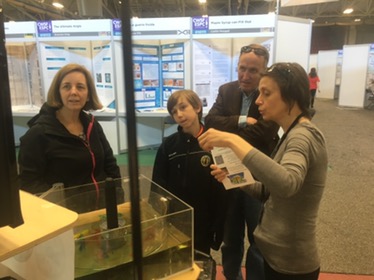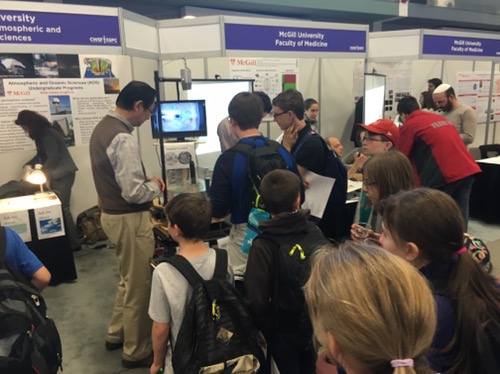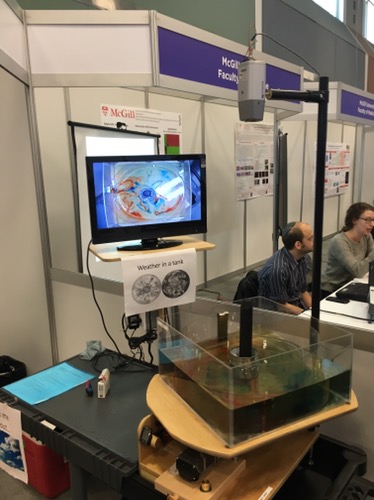I like to write my manuscripts in LaTex — focus on the text and no worries about figure and table numbers, their formatting… have me sold. But sadly, not all journals accept LaTeX source files, some even require the us of MS Word. So, here is, what I have done to get a manuscript ready for submission on a Mac .
My manuscript contained
- Tables (including “sidewaystable”)
- Figures
- Bibliography generated with natbib
I needed
- MacTeX 2016
- Preview
- MS Word
- SimpleTeX4ht
What I did
- Copy/paste the manuscript in PDF format from Apple Preview into MS Word (looks surprisingly good). This makes sure to bring the references properly along
- Clean up the text, replacing e.g., words breaking in the middle of the line (from the PDF line wraps); can be mostly done using find/replace
- Reapply bold and italics text not carried over from copy/paste
- Use SimpleTeX4ht to export an HTML file and copy/pasting the tables to the MS Word file, where it is reformatted properly. Not as tedious as it sounds.
- Figures are copied/pasted from the PDF, but they need to be resized.
Open issues
- Super- and sub-scripts are not properly copied over; they look fine in MS Word, but do not correspond to a true MS Work sub/superscript. Cannot be fixed using MS Word’s find/replace function either since it is a formatting issue. Needs to be changed manually (… or ask the copy editor nicely, if s/he could do it).


